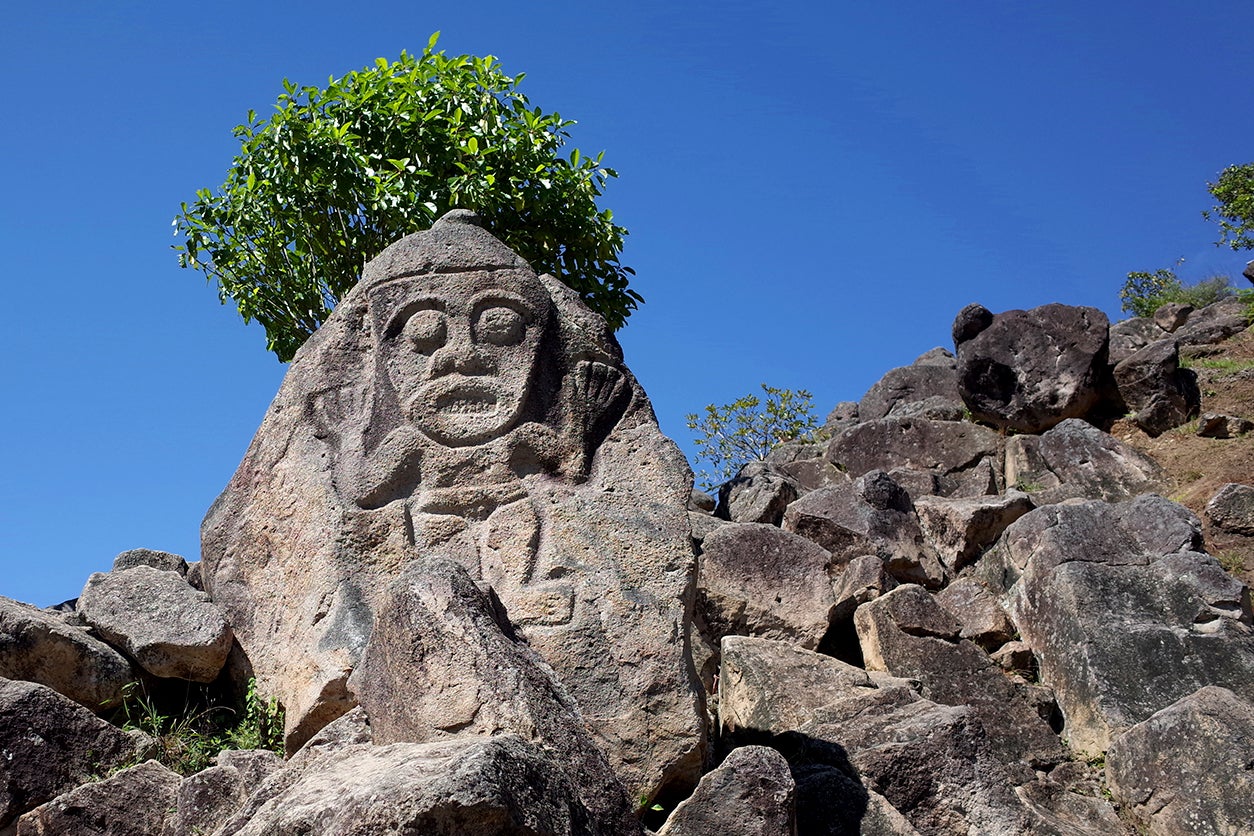Latin America and the Caribbean has an extraordinarily rich natural and cultural heritage. To date, the region has 143 registered assets (97 cultural assets, 38 natural assets and 8 mixed assets) on the UNESCO World Heritage list alone. These include archaeological sites from pre-Hispanic times, exceptionally preserved historical centers, and natural sites endowed with landscapes distinguished by their biodiversity.
When planning, executing and operating development projects, it is important to assess the risks that these could pose to tangible and intangible cultural heritage. For this reason, the IDB’s new Environmental and Social Policy Framework (ESPF) includes Performance Standard 8 (ESPS 8), which recognizes the importance of cultural heritage for current and future generations and aims to ensure that borrowers (governments of the region and their executing agencies) protect cultural heritage throughout the project’s life cycle, support its conservation and promote an equitable distribution of the benefits derived from its use.
The requirements of ESPS 8 apply to cultural heritage regardless of whether it is legally protected or has been previously disturbed. Moreover, additional requirements are contemplated in cases where cultural heritage is present in the context of indigenous peoples.
What is cultural heritage?
For the purposes of our ESPF, cultural heritage is defined as:
- tangible forms of cultural heritage, such as tangible moveable or immovable objects, property, sites, structures, or groups of structures, having archaeological, paleontological, historical, cultural, artistic, and religious value;
- unique natural features or tangible objects that embody cultural values, such as sacred groves, rocks, lakes, and waterfalls; and
- certain instances of intangible forms of culture that are proposed to be used for commercial purposes, such as cultural knowledge, innovations, and practices of communities embodying traditional lifestyles.
ESPS 8 provides requirements related to both tangible and intangible forms of cultural heritage.
8 things to consider
1. Compliance with each country’s relevant legislation regarding the protection of cultural heritage (national legislation and those obligations assumed under the Convention Concerning the Protection of the World Cultural and Natural Heritage). It will be necessary to identify and protect cultural heritage by ensuring that internationally recognized practices for the protection, field-based study, and documentation of cultural heritage are implemented.
2. If the due diligence process determines that there are possible impacts on cultural heritage, competent professionals must be available to collaborate in their identification and to propose management plans for the protection of said heritage.
3. In the event that a project is located in areas where cultural heritage elements are expected to be found during construction or operation, it is necessary to have a chance find procedure. The borrower is expected to create no further disturbance to any chance find until competent professionals conduct an assessment and determine actions consistent with the requirements of the ESPS.
4. In the event that a project may affect cultural heritage, the borrower shall carry out consultations with affected people who use, or have used within living memory, the cultural heritage for long-standing cultural purposes.
5. Where the borrower’s project site contains elements of cultural heritage or prevents access to previously accessible cultural heritage sites, currently or previously used by people affected by the project, the borrower should, based on consultations, continue to facilitate community access to the cultural site or provide, if applicable, an alternative access route (unless there are health and safety considerations that dictate otherwise).
6. The ESPS establishes the requirements for the removal of replicable and non-replicable cultural heritage.
7. The ESPS also places special interest in critical cultural heritage, such as the internationally recognized heritage of communities that use or have used within living memory the cultural heritage for long-standing cultural purposes, as well as legally protected cultural heritage areas, including those proposed by the government for such designation. In this sense, the ESPS expressly indicates that the borrower must not remove, substantially alter or damage any critical cultural heritage. In exceptional circumstances, when impacts on critical cultural heritage are unavoidable, an informed consultation and participation process of the people affected by the project will be used, through the application of a good-faith negotiation process that results in a documented outcome.
8. Regarding the project’s use of cultural heritage for commercial purposes, such as the knowledge, innovations or practices of local communities, the borrower will inform those communities of (i) their rights guaranteed by national legislation, (ii) the scope and nature of the proposed business development, and (iii) the possible consequences of such development. An informed consultation and participation process and/or meaningful consultation are required.
Cultural heritage helps define a people’s sense of identity, is part of its history and can be a source of social cohesion and collective pride. In addition, it can become a vital economic asset that drives sustainable development. Undoubtedly, compliance with ESPS 8 will not only help to adequately manage impacts on cultural heritage, but will also contribute to the Bank’s mission of improving lives in the region.
This blog post is part of a series about the IDB‘s new Environmental and Social Policy Framework (ESPF). You may also want to read:
Three things you need to know about the IDB’s new Environmental and Social Policy Framework
Circular economy: Now or never
How can we manage the social risks associated with the use of security personnel in projects?
Gender-based violence: an overlooked risk in development projects


Your blog, ‘Things to Consider When Protecting Cultural Heritage,’ is a thoughtful and insightful guide to the importance of safeguarding our cultural treasures. The well-articulated considerations provide valuable insights for anyone invested in preserving our shared heritage. A commendable piece that contributes to the awareness and responsible stewardship of cultural treasures. Well done!